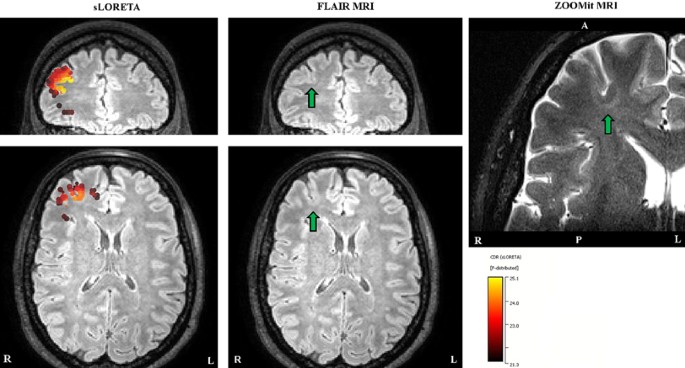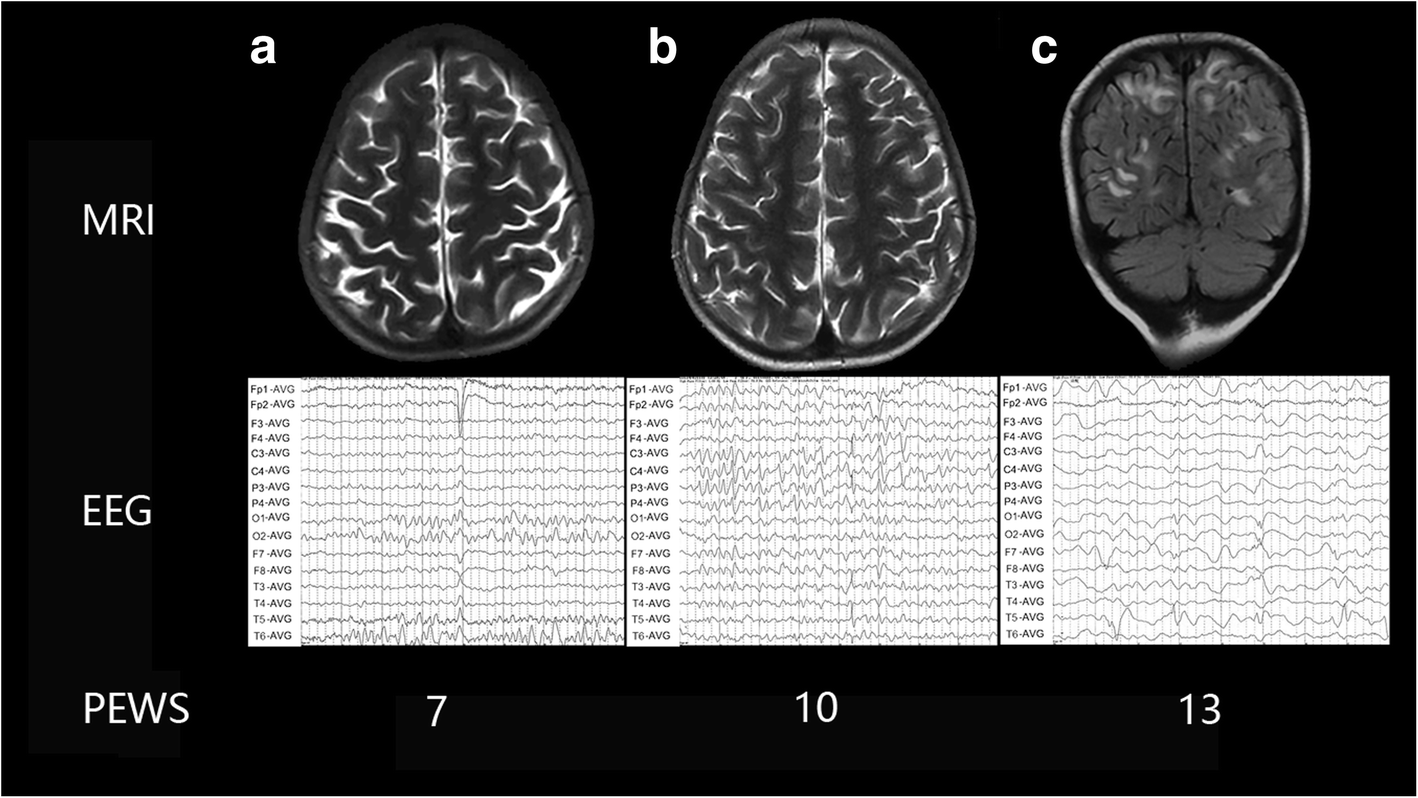
Who performs the test?Ī technician can perform the test in the doctors office, a specially designed clinic, or in the hospital. It can also be used to confirm brain death. Other conditions such as dizziness, headache, dementia, and sleeping problems may show abnormal brain patterns. If it doesn’t detect the right patterns, you may still have epilepsy and ambulatory monitoring or video EEG may be necessary.ĮEG can also detect abnormal brain waves after a head injury, stroke, or brain tumor. An EEG is of value for diagnosing epilepsy only if it detects patterns typical of epilepsy. For example, if you have a seizure disorder, the EEG can show where abnormal activity in your brain comes from and can help distinguish between generalized or focal seizures. It is most often used to determine the type and origin of seizures. This allows you to be observed during a seizure so that your physical behavior can be monitored at the same time as your EEG.Īn EEG measures electricity that your brain makes it does NOT measure thoughts or feelings, and it does not send any electricity into your brain. You stay in the hospital and are monitored both by EEG and a video camera.
WHAT CAN AN EEG SHOW THAT AN MRI CANNOT PORTABLE


A sample EEG recording showing a focal spike typical of a seizure.


 0 kommentar(er)
0 kommentar(er)
